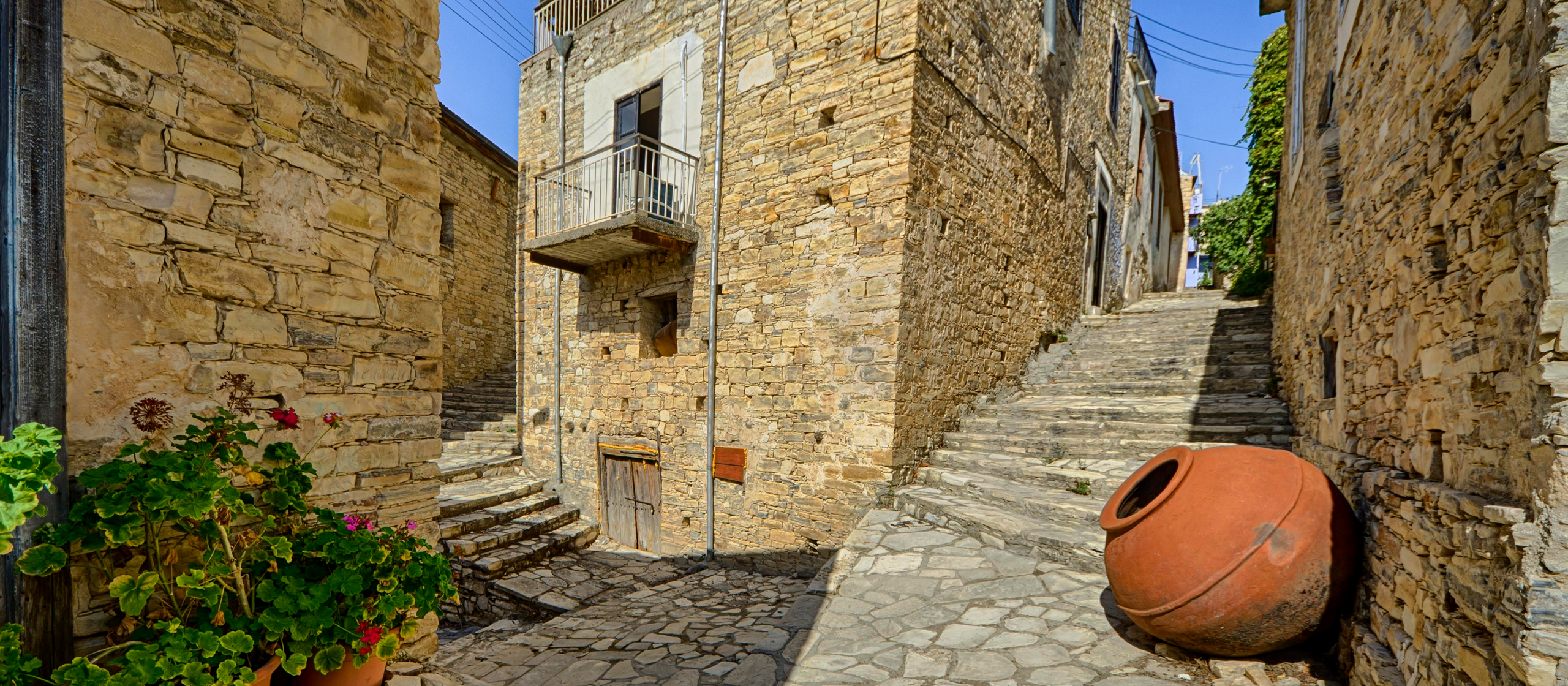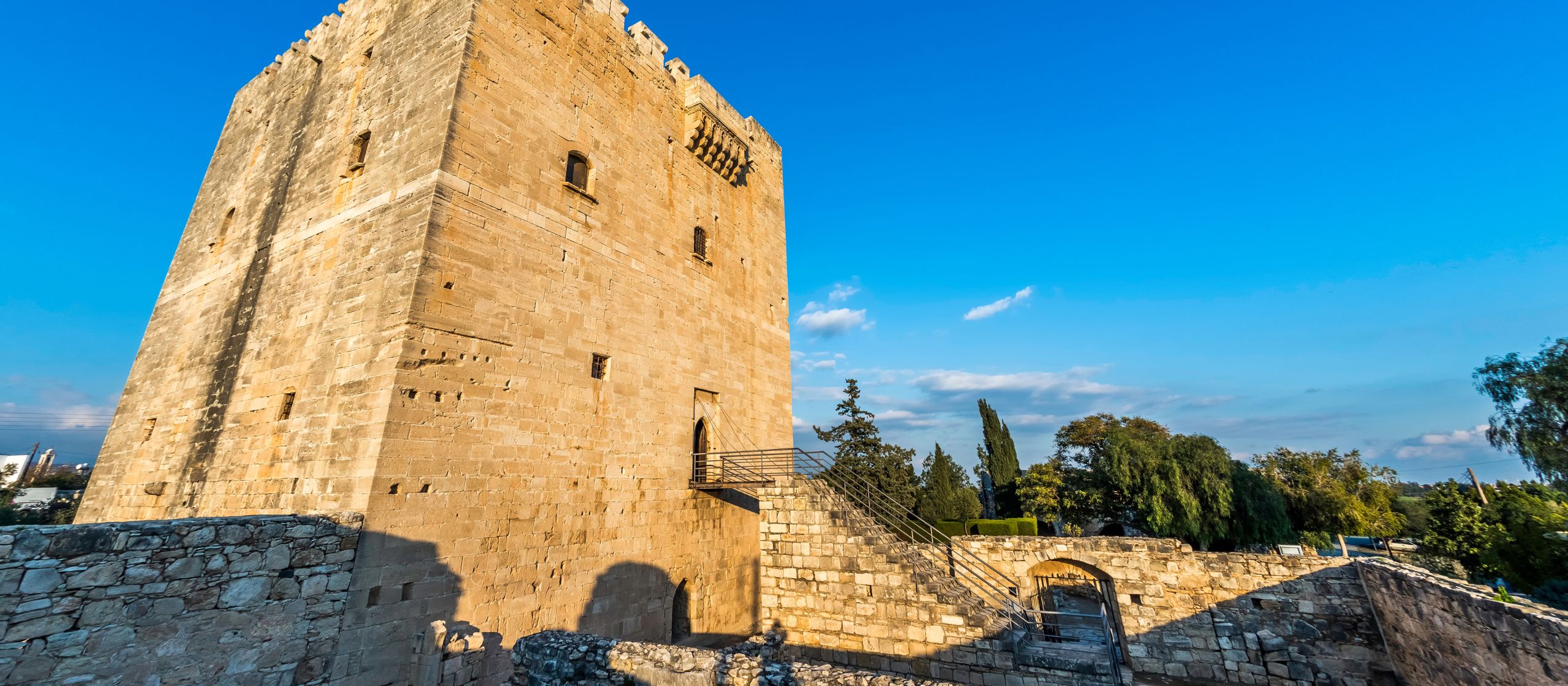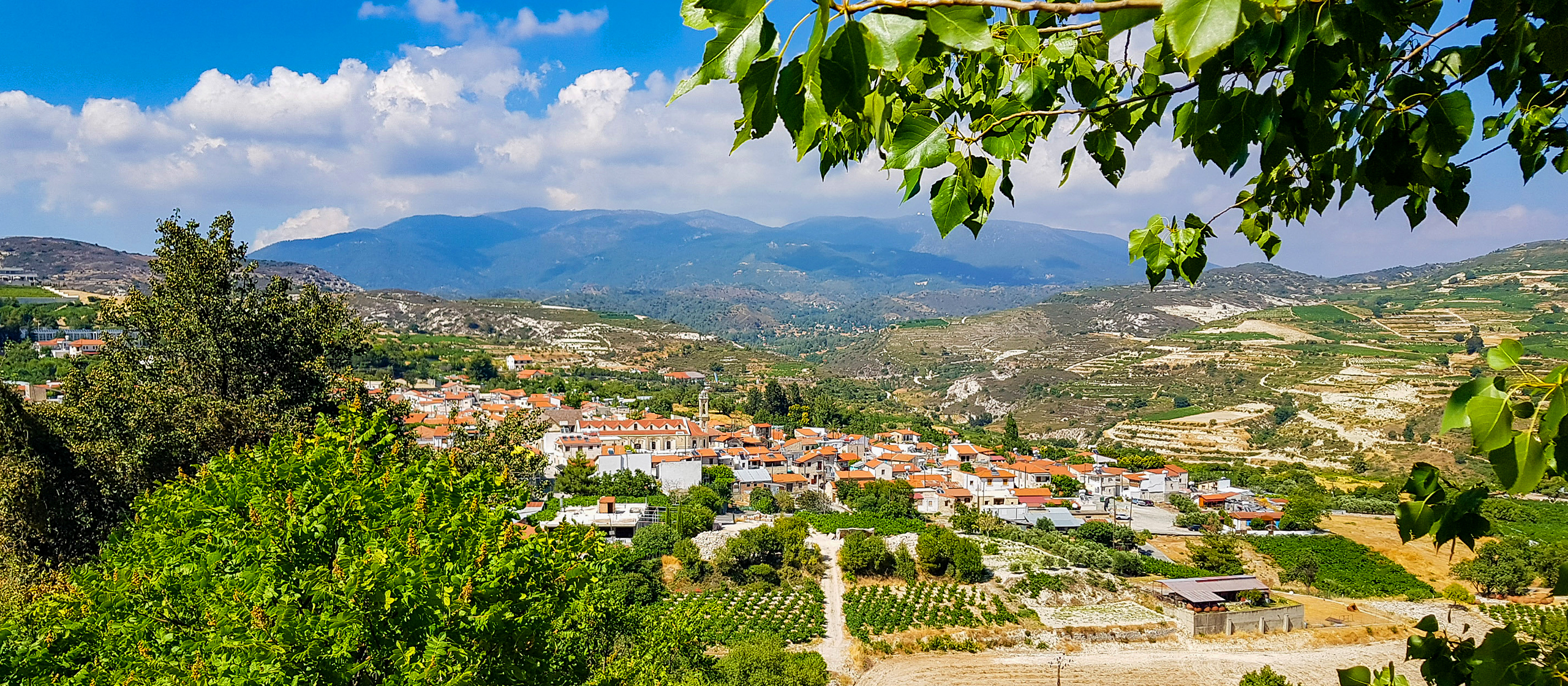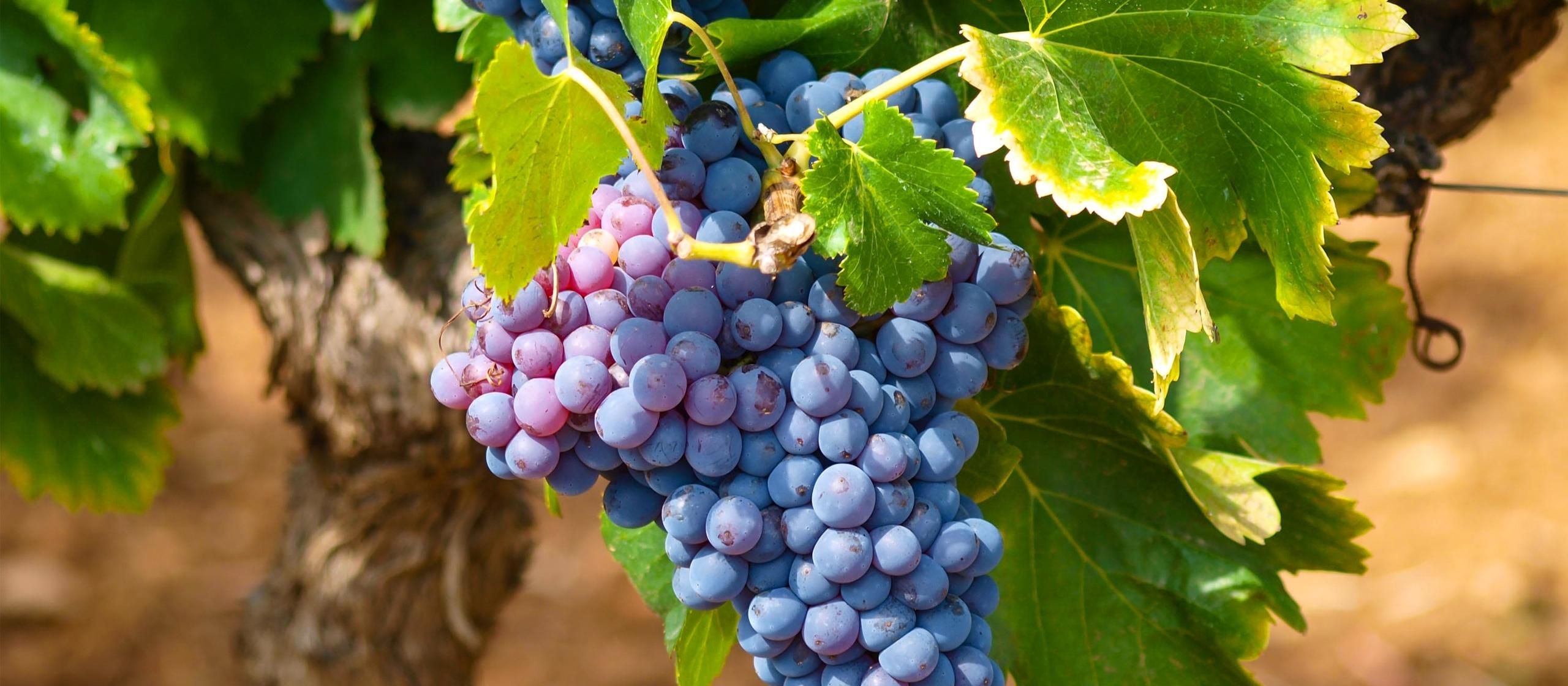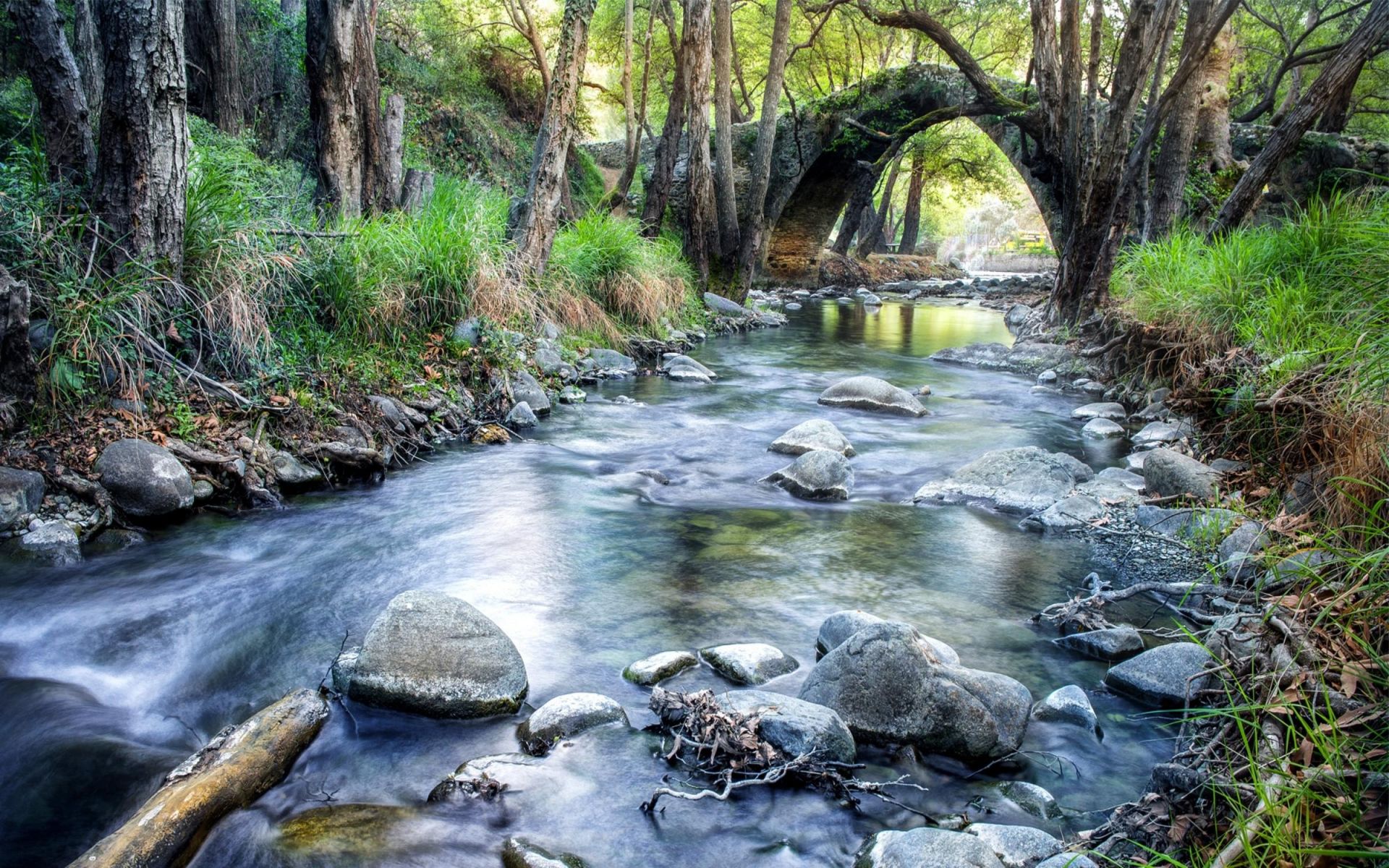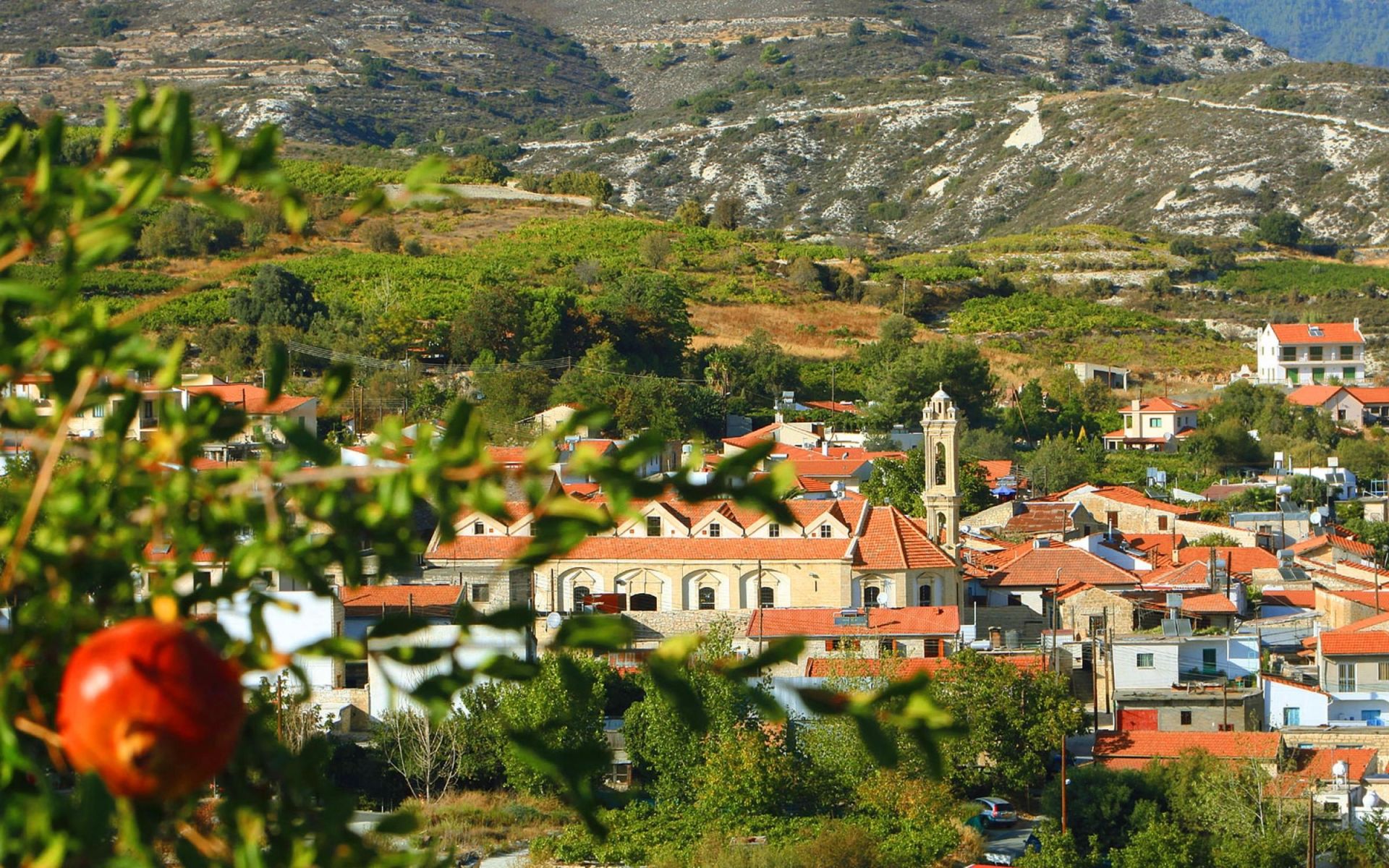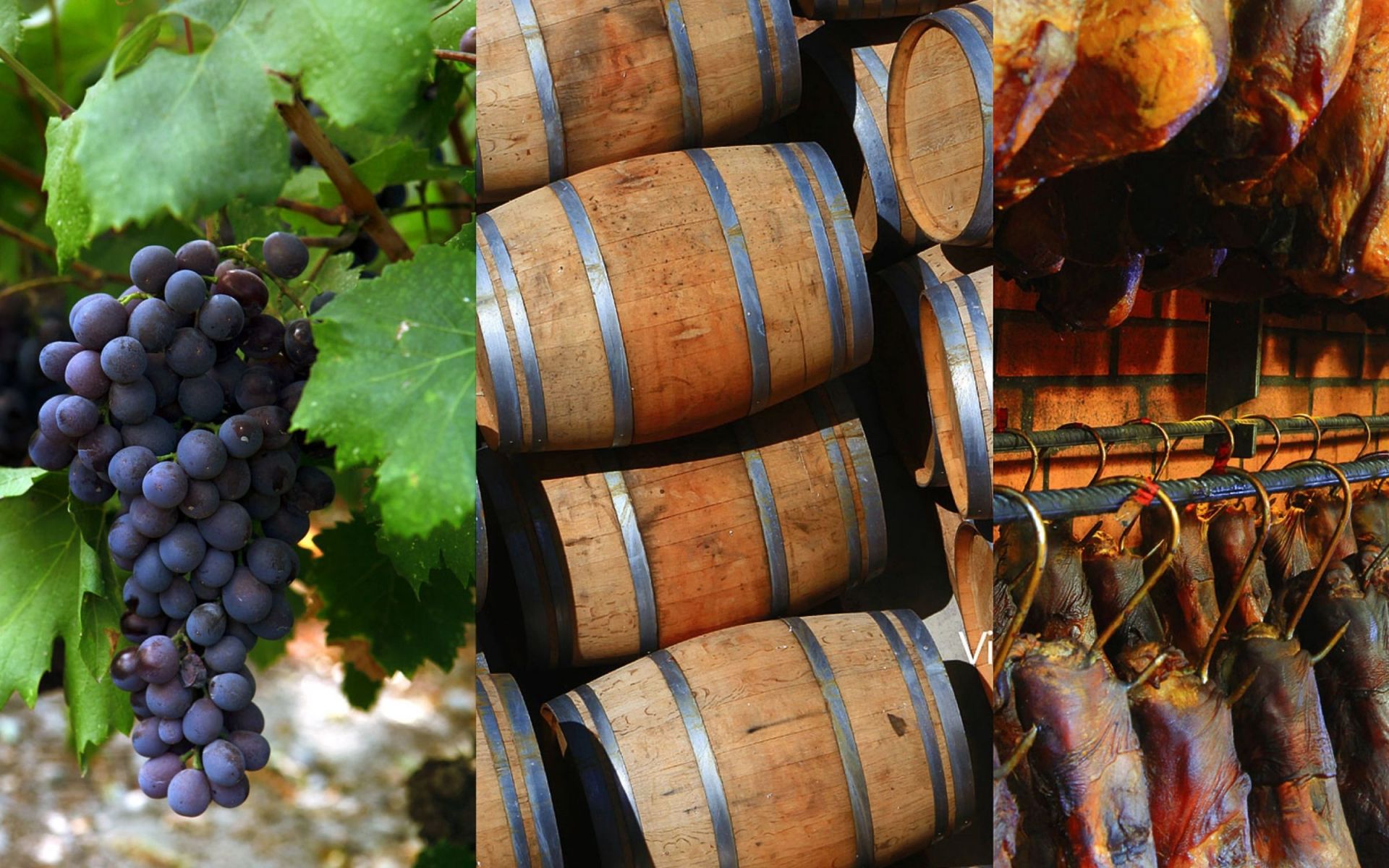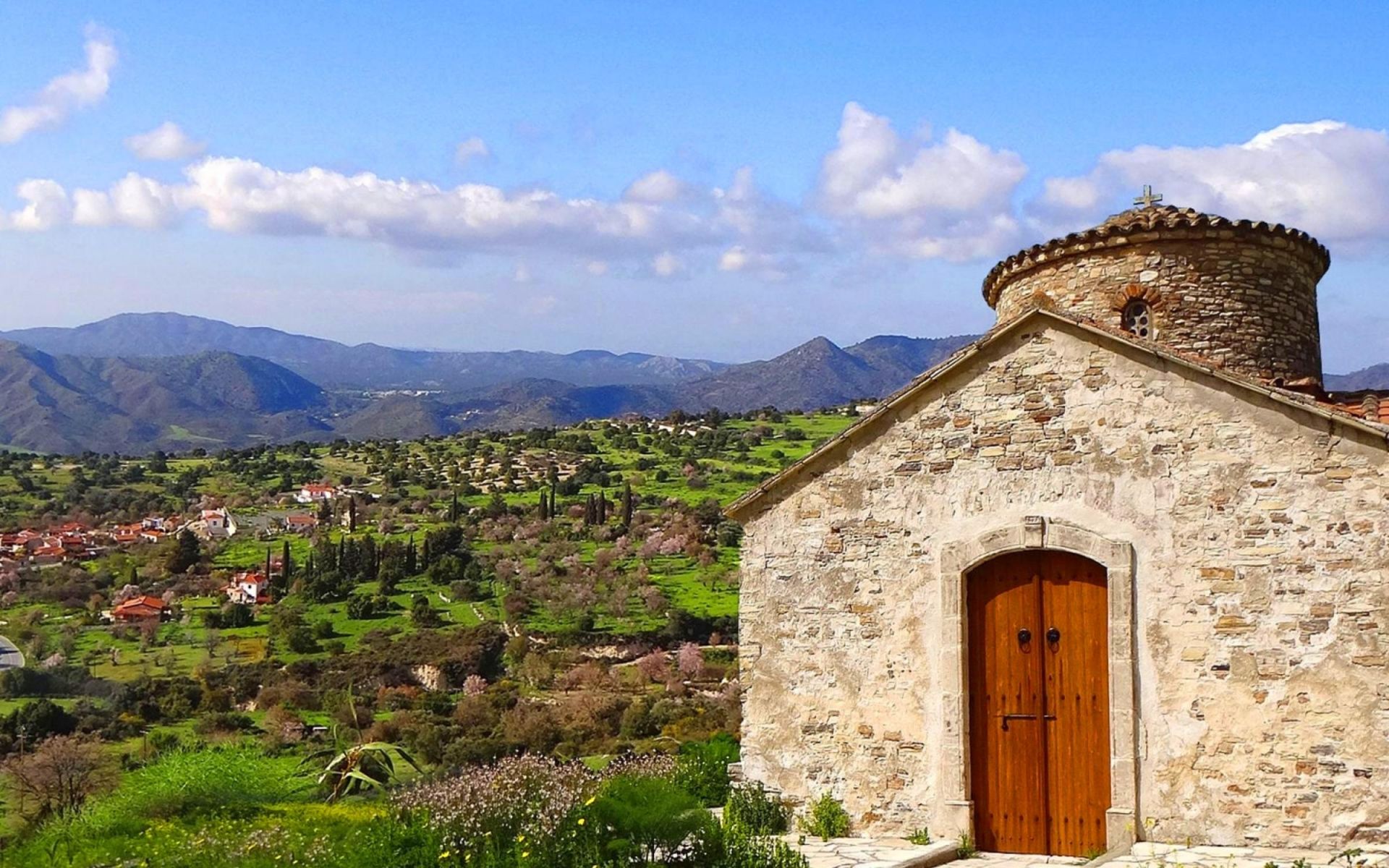Wine Route 7 (Mountainous Larnaca – Nicosia)
Few words
ROUTE:
Lefkosia (Nicosia), Skarinou, Lefkara, Kato Drys, Vavla, Ora, Odou, Farmakas, Gourri, Fikardou, Kalo Chorio.
This is a route takes in the rural areas of Larnaka and Lefkosia, making its way through ten villages, and including three wineries, small museums and workshops. Even though it is outside the traditional wine regions, there are active winemakers here who have planted vineyards with the Assyrtiko, Malvasia Aromatica, Chardonnay and Maratheftiko grape varieties. The route also includes a visit to the very well known village of Lefkara, popular for its lace and silverware, as well as Fikardou where you can see one of the oldest traditional wine presses in Cyprus.…
General characteristics
The geology of this area is quite interesting, as it combines the limestone and ophiolite rocks (long-ago rocks from the sea-bed, forced upwards above sea level). Quite a large portion of the Lefkara range is of limestone, with a landscape of steep slopes and deep ravines, into which rainwater tumbles. The route passes through the Machairas forest which covers part of both Lefkosia and Larnaka districts, with an altitude ranging from 300 metres (984 feet) to the 1,423 metres (4668 feet) of Kionia peak. Geologically, the area belongs to the Troodos ophiolithic complex, covering a forested area of igneous rocks.
Climate:
Mild climate with very low levels of humidity.
Terroir:
Combines limestone with ophiolithic rocks within a range of 100-1,400 metres.
Vineyards:
Although outside the boundaries of the traditional winemaking regions, growers in the area have produced robust vineyards.
White varieties:
Assyrtiko, Malvasia Aromatica, Chardonnay, Xynisteri, Sauvignon blanc.
Red varieties:
Maratheftiko, Cabernet, Merlot.
 Cities/District
Cities/District Monasteries
Monasteries Unesco Churches
Unesco Churches Food & Drink
Food & Drink  Limassol to Nicosia
Limassol to Nicosia Famagusta to Machairas
Famagusta to Machairas Kourion to West Akamas
Kourion to West Akamas Hotels
Hotels Villas
Villas Agrotourism Accommodations
Agrotourism Accommodations Flights
Flights Rent a Car
Rent a Car